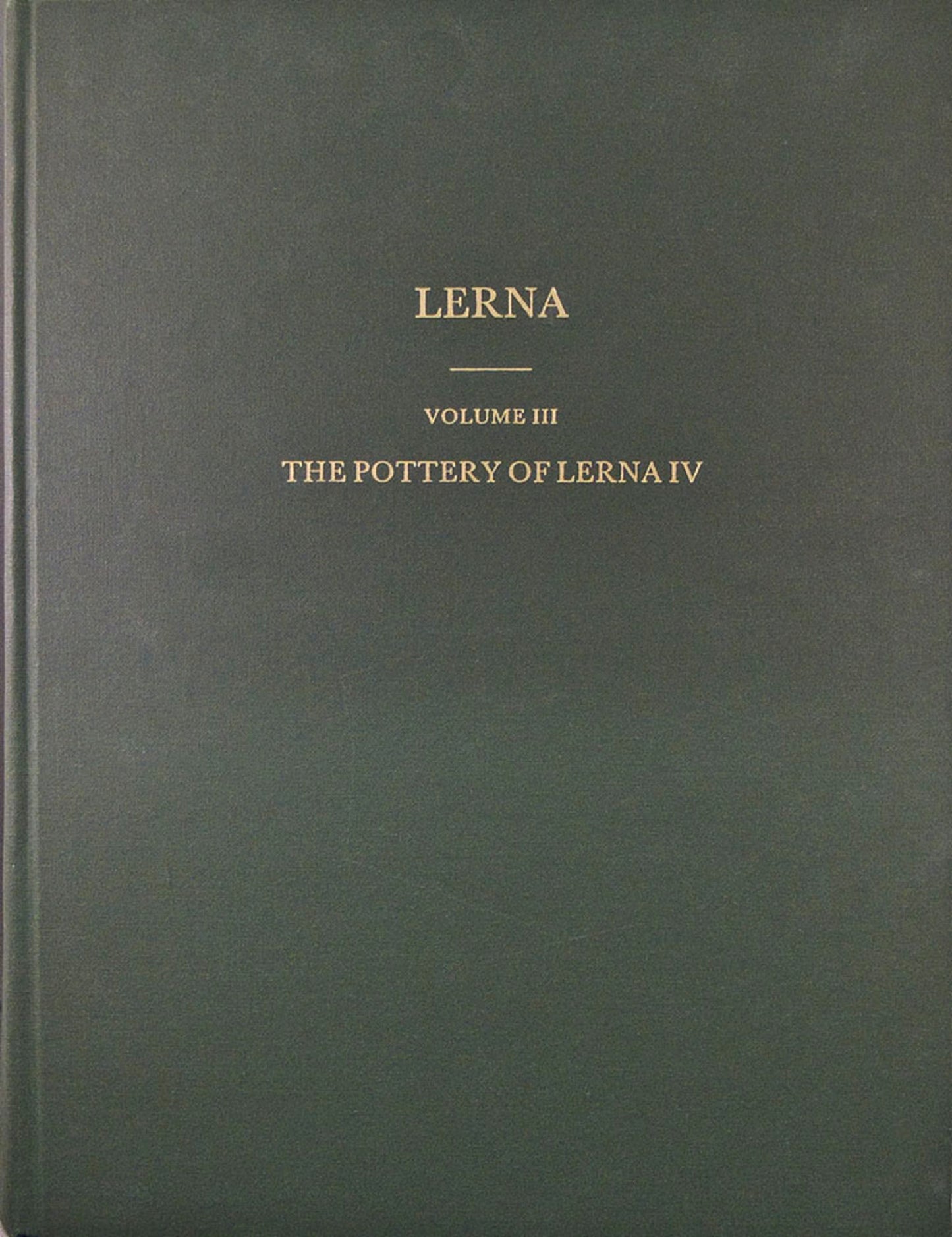We're sorry. An error has occurred
Please cancel or retry.
The Pottery of Lerna IV
Regular price
£97.50
Sale price
£97.50
Regular price
£0.00
Unit price
/
per
Sale
Sold out
Re-stocking soon
The author presents the Early Helladic III pottery from Lerna in all its aspects, cataloguing, describing, and classifying over 1,400 vessels.

Some error occured while loading the Quick View. Please close the Quick View and try reloading the page.
Couldn't load pickup availability
- Format:
-
01 November 1995

The author presents the Early Helladic III pottery from Lerna in all its aspects, cataloguing, describing, and classifying over 1,400 vessels. The classification systems are based on detailed analyses of vessel shapes and ornamentation, supported by shape and pattern charts and numerous tables and illustrations. The concluding chapter compares the Lernaean pottery sequences to contemporary developments in central and southern Greece and examines the lineage of Early Helladic III pottery, which differs so profoundly from the pottery of the preceding period. Physico-chemical analyses of ceramic material are presented in an appendix.

Price: £97.50
Pages: 816
Publisher: American School of Classical Studies at Athens
Imprint: American School of Classical Studies at Athens
Series: Lerna
Publication Date:
01 November 1995
ISBN: 9780876613030
Format: Hardcover
BISACs:
SOCIAL SCIENCE / Archaeology, Ancient history, HISTORY / Ancient / Greece, European history, Archaeology

Virtually everything you ever wanted to know about the Early Helladic III pottery from the important Peloponnesian site of Lerna is included in Rutter's opus. Over 1400 vessels, from complete to the single sherd, are catalogued, and the vast majority of those illustrated in clear line drawings. The real value of Rutter's work lies in the several hundred pages of detailed analysis of shapes, syntax, and decoration, accompanied by hundreds of tables and illustrations
Daniel Pullen, Archaeological News 28 (2001), pp. 69-70.
"Rutter's monumental study of the pottery of the late Early Bronze Age levels of Lerna is truly a major achievement and one of the fullest ceramic analyses the Aegean has hitherto seen. It is of interest not only to ceramic specialists because of its artefactual publication and its methodology but also to archaeologists because of the implications of the material"
Jan Driessen, L'antiquité classique 66 (1997), pp. 648-649.
Daniel Pullen, Archaeological News 28 (2001), pp. 69-70.
"Rutter's monumental study of the pottery of the late Early Bronze Age levels of Lerna is truly a major achievement and one of the fullest ceramic analyses the Aegean has hitherto seen. It is of interest not only to ceramic specialists because of its artefactual publication and its methodology but also to archaeologists because of the implications of the material"
Jan Driessen, L'antiquité classique 66 (1997), pp. 648-649.



